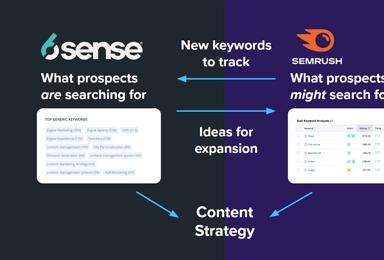What is Drupal?
What is Drupal? Drupal is an open source Content Management System (CMS) used to build websites.
What makes it a “content management system” is that it gives non-technical users the ability to create and edit content (and a lot more) without having to touch code on their website. To top it off, it’s all available for free, without a software licensing fee, and in such a way that anyone in the world can make revisions or improvements to parts of the software. Cool, huh?
Drupal’s history is reminiscent of many other humble origin stories in the tech industry. Think Facebook, except replace Mark Zuckerburg with a guy named Dries Buytaert from Belgium. You guessed it: While attending college at the University of Antwerp in 2000, Dries and his friend started a small news site with an online bulletin board in their dorm. Dries originally thought about calling it “dorp” which is Dutch for “village,” but accidentally typed “drop” instead when looking for available domain names. The mistake stuck, and the name eventually transformed into “Drupal,” a modification of “druppel” - the Dutch word for “drop.”
What is Drupal used for? Like Mark, Dries never anticipated Drupal would take off the way it has. Today Drupal is an enterprise-level platform that sits at the core of some of the world’s largest and most highly trafficked websites like weather.com, whitehouse.gov, nbc.com, and many more.
There are many reasons to love Drupal. Here are just a few:
Drupal is open source. Open source software differs from platforms provided by Microsoft, Adobe, etc. in that Drupal doesn't cost anything to license and use. It also means you can pick up your site and take it to any vendor that knows Drupal.
Drupal is nimble. Because it's open source, Drupal is updated and maintained by millions of developers (a lot like Wikipedia). This means that when a new social media platform like Pinterest becomes popular, the community can create an integration within a matter of days or even hours. Many proprietary platforms require months or longer to manage updates with a small team of developers.
Drupal is connectable. Other less custom platforms like Wordpress have a hard time integrating with third party software. Drupal can integrate with almost any platform, regardless of how old or specific. Drupal works well with things like Salesforce, Hubspot, Marketo, and many more. For example, our developers at Elevated Third have built custom modules to work with a CRM and Marketing Automation hybrid called SharpSpring. These modules are published online and available to everyone.
Drupal is customizable. Unlike the blogging platform Wordpress or drag-and-drop site builders like SquareSpace, Drupal doesn't make assumptions about what you're going to use it for. This means that you can use it to build whatever you need. Because it’s robust and capable of handling extreme traffic spikes, Drupal is used for extremely large and well-known sites like weather.com, foxnews.com, and nbc.com but it can be used to create sites of all types and sizes.
Drupal is easy to use. Drupal is built to make sense to users of any technical skill level, and the admin interface can be optimized for any workflow. The interface can even be customized to look like other systems that users may be more familiar with. Content edits can be made easily, and Drupal can be configured to allow for revisions and approval from multiple content editors with various permission levels.
Drupal is cutting edge. Right now is the perfect time to build a site in Drupal, as the most recent version, Drupal 8, is out in full force. Drupal 8 is packed with new features that allow for a better and faster experience regardless of what device is being used.
